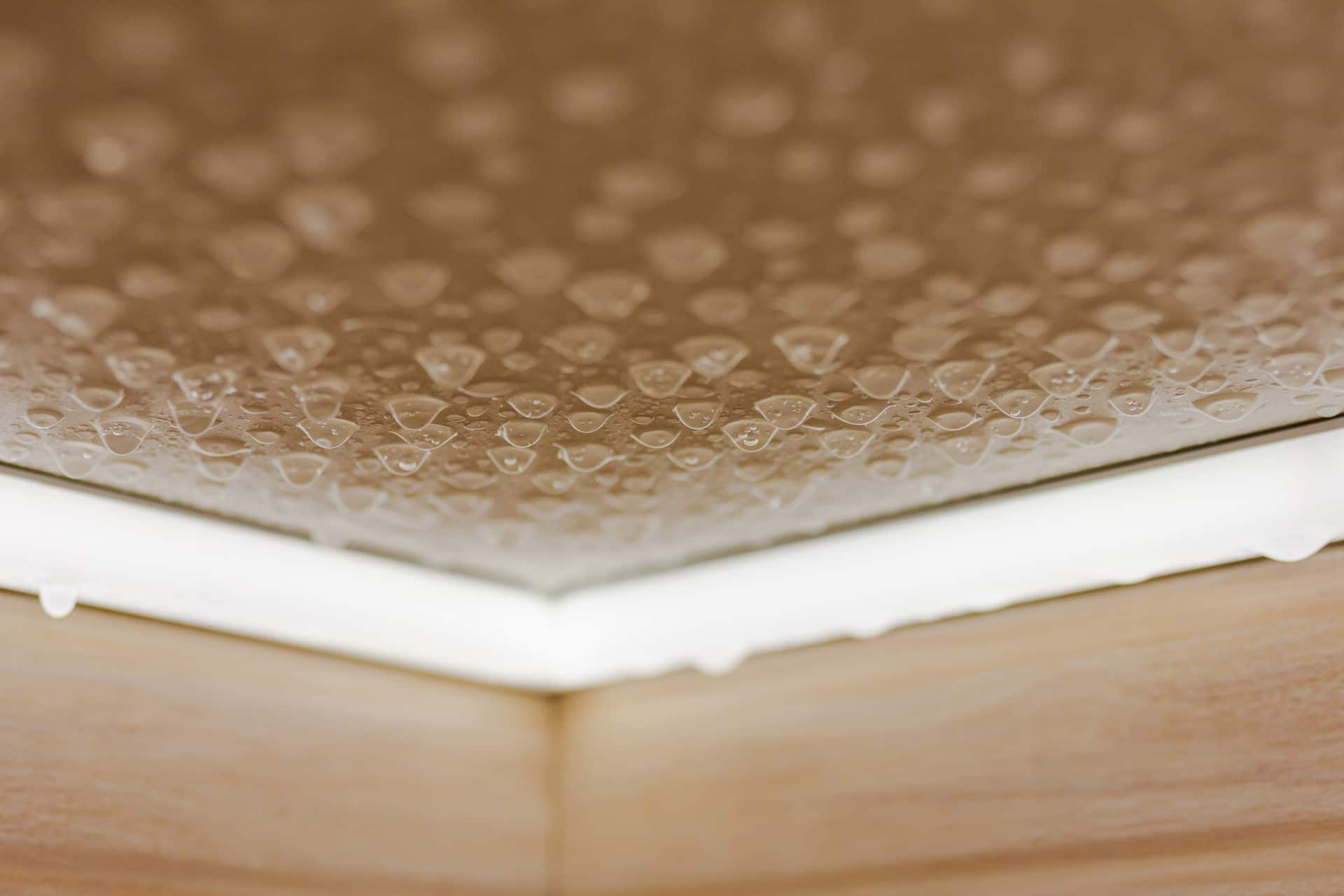Do's & Don'ts of Water Restoration.
Do's & Don'ts of Water Restoration.
Blog Article
The content following next pertaining to 5 Home Safety Tips To Reduce The Risk Of Fire And Water Damage is absolutely informative. Read it for your own benefit and see what you think about it.

Though water gives life, water breach on components where it's not supposed to be can lead to damages. If the water saturates into your structure, it can peel off away surface areas and also erode the foundation. Mold and mildew as well as mold additionally thrive in a damp atmosphere, which can be dangerous for your wellness. Houses with water damages odor old and also mildewy.
Water can originate from several sources such as tropical cyclones, floodings, burst pipes, leaks, as well as drain problems. In case you experience water damages, it would be great to recognize some safety and security precautions. Below are a few guidelines on exactly how to take care of water damage.
Do Prioritize Residence Insurance Coverage
Water damages from flood as a result of heavy winds is seasonal. Nonetheless, you can likewise experience a sudden flooding when a damaged pipe instantly ruptures right into your home. It would certainly be best to have house insurance that covers both acts of God such as natural disasters, as well as emergency situations like damaged plumbing.
Do Not Neglect to Shut Off Utilities
In the event of a calamity, particularly if you stay in a flood-prone area, it would be recommended to switch off the major electric circuit. This cuts off power to your whole residence, preventing electrical shocks when water comes in as it is a conductor. Do not neglect to turn off the major water line valve. When floodwaters are high, furniture will walk around and cause damages. Having the primary shutoff turned off protects against more damages.
Do Keep Proactive and also Heed Weather Informs
Listen to evacuation warnings if you live near a lake, river, or creek . Doing so reduces possible residential or commercial property damage.
Don't Neglect the Roof
You can avoid rain damage if there are no openings and also leaks in your roofing system. This will prevent water from flowing down your walls and also saturating your ceiling.
Do Pay Attention to Small Leakages
A ruptured pipeline doesn't happen overnight. Normally, there are red flags that suggest you have weakened pipes in your house. You might discover bubbling paint, peeling off wallpaper, water streaks, water discolorations, or dripping sounds behind the wall surfaces. At some point, this pipeline will rupture. Ideally, you should not wait for points to escalate. Have your plumbing repaired prior to it results in enormous damages.
Don't Panic in Case of a Burst Pipeline
When it comes to water damage, timing is vital. Hence, if a pipeline bursts in your house, quickly closed off your primary water shutoff to cut off the resource. Call a trustworthy water damages reconstruction expert for help.
Water offers life, water invasion on parts where it's not supposed to be can result in damage. Houses with water damages odor stuffy and also old.
Water damages from flooding charges to hefty winds is seasonal. You may discover gurgling paint, peeling off wallpaper, water streaks, water spots, or trickling audios behind the walls. When it comes to water damage, timing is crucial.
Some Do's & Don't When Dealing with a Water Damage
DO:
Make sure the water source has been eliminated. Contact a plumber if needed. Turn off circuit breakers supplying electricity to wet areas and unplug any electronics that are on wet carpet or surfaces Remove small furniture items Remove as much excess water as possible by mopping or blotting; Use WHITE towels to blot wet carpeting Wipe water from wooden furniture after removing anything on it Remove and prop up wet upholstery cushions for even drying (check for any bleeding) Pin up curtains or furniture skirts if needed Place aluminum foil, saucers or wood blocks between furniture legs and wet carpet Turn on air conditioning for maximum drying in winter and open windows in the summer Open any drawers and cabinets affected for complete drying but do not force them open Remove any valuable art objects or paintings to a safe, dry place Open any suitcases or luggage that may have been affected to dry, preferably in sunlight Hang any fur or leather goods to dry at room temperature Punch small holes in sagging ceilings to relieve trapped water (don't forget to place pans beneath!); however, if the ceiling is sagging extremely low, stay out of the room and we'll take care of it DO NOT:
Leave wet fabrics in place; dry them as soon as possible Leave books, magazines or any other colored items on wet carpets or floor Use your household vacuum to remove water Use TV's or other electronics/appliances while standing on wet carpets or floors; especially not on wet concrete floors Turn on ceiling fixtures if the ceiling is wet Turn your heat up, unless instructed otherwise

Do you like reading up on Keeping Your Home Safe This Holiday Season? Post feedback below. We would be glad to listen to your reactions about this write up. We hope to see you back again in the future. Loved our piece of writing? Please share it. Help another person discover it. Many thanks for your time. Come back soon.
Report this page